You can contact LEARNZ, part of CORE Education, at:
Postal Address:
PO Box 13 678,
Christchurch 8141,
New Zealand

Watch Shelley's diary cam video.
Kia ora koutou,
You were able to put your Antarctic field training to good use today by heading out to the K131 science camp. Before leaving we talked to Alexandra Primary School and Te Puke School during the first audioconference. Craig Stevens from the K131 team joined us via a radio link and it was great to hear more about his work before heading out to meet him in person. You can listen to a recording of this audioconference. Following the audioconference you headed down to the locker room to organise your many layers of clothing. Over the last couple of days you have discovered how cold it can be when the wind is howling over the ice. The wind chill temperature takes into account not only the temperature of the air but also the effect of the wind on your body’s ability to retain heat. This morning the wind chill was -28 so you had to wrap up warmly before heading out on the skidoo.
Time for a speedy skidoo ride
Once you had collected a radio and signed out from base you had to clamber into your ECW (extreme cold weather) clothing and go and start up your skidoo so it had time to warm up. It was a challenge to squeeze into the huge helmets and fit the mask that would stop your visor from fogging up but at least you knew that you would stay warm. Before long you had to make a radio call to base to say you were heading out across the transition between Ross Island and on to the sea ice, then you were free to zoom across the ice. The views of Mount Erebus were stunning and you could even see the smoke rising from the summit crater. Mount Erebus is an active volcano that constantly erupts.
The journey out to the science camp is about 26 kilometres because you had to follow the safe marked route across the sea ice rather than heading out in a straight line. It was such a great feeling to be driving across ice surrounded by wilderness but with the flat white terrain it was hard to judge how far away things were. I can only imagine how hard it must have been for early explorers trying to reach the South Pole which is 1500 kilometres away from Scott Base.
Welcome to the K131 field camp
It took about an hour to travel out to K131’s camp and you may have been surprised by what you saw. Rather than tents the camp is made up of eight large shipping containers. Diesel generators are used for heating and electricity and there is even an oven with which to cook. This type of field camp is a lot more luxurious than tenting but there is still no shower. Some drinking water is brought from Scott Base while other water comes from melting snow.
Ice science
You met Craig Stevens from NIWA who showed you around the camp and told you about the work he and his team are doing down here in Antarctica. Craig is interested in how ice shelves, sea ice and the ocean affect each other. In the Arctic, ice is melting while in parts of Antarctica over winter the sea ice has been increasing and Craig wants to know more about why this is happening. The Arctic and Antarctic are both very cold but they have reacted differently to the ocean becoming a little bit warmer. Craig explained that this isn’t surprising because the Arctic sea ice is surrounded by land while the Antarctic sea ice is surrounded by ocean. In Antarctica and the Arctic sea ice grows from the top down as air cools the ocean, but in Antarctica it also forms from the bottom up as platelet ice grows in very cold water and thickens the ice. Antarctica also has massive ice shelves like the Ross Ice Shelf which is a similar size to France while the Arctic doesn't.
Supercooling
Craig has carefully chosen this site for his camp because it is close to the Ross Ice Shelf and he thinks that the ice shelf is melting underneath. Melted water from the ice shelf is fresh water and very cold because it is under pressure. It does not freeze even though it is below its freezing point. When a liquid does not become a solid at its freezing point it is known as ‘supercool’. Even though this makes it sound as though it’s really, really cold it is only about two percent colder or 0.02 degrees Celsius colder. You might be thinking that such a tiny decrease in temperature doesn’t mean much but it can have a huge impact. Your mission for this field trip is to find out more about these impacts.
Meet the locals
You had a look inside one of the containers and Craig showed you where the team had melted a hole in the two metre thick sea ice to record temperature and salinity (saltiness) of the water. Hot water was used to break up the ice into huge blocks which were then removed. The hut is heated to stop the hole from freezing over. While Craig was showing you some of the equipment he uses, a Weddell seal popped up in the hole to take a few breaths. It was neat to see some local wildlife but Craig was not so impressed because every time the seal appears it brings up lots of platelet ice which then needs to be scooped out of the hole. You can see this seal in the video.
It was so interesting talking to Craig about his work that I lost track of time but luckily you managed to make it back to Scott Base just in time for dinner. Tomorrow, if the weather is fine, you will be able to head back out to the camp to meet the rest of the science team and discover more about their work here in Antarctica.
See you then,
Shelley the LEARNZ field trip teacher.
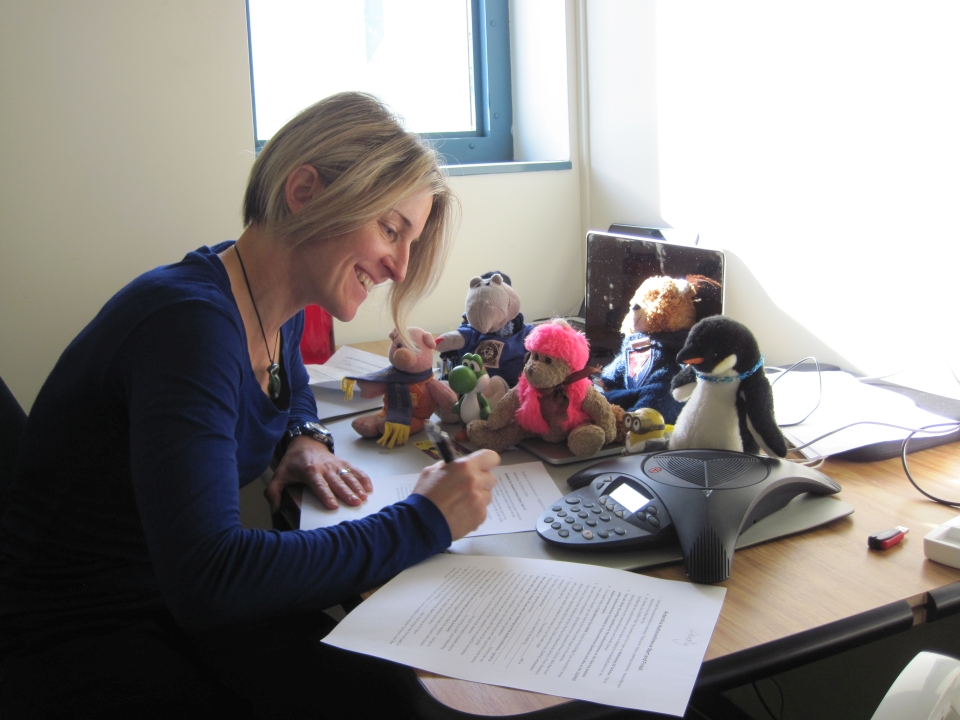
Shelley and the ambassadors listen to Craig Stevens answering questions from Alexandra Primary School and Te Puke School during the first audioconference. Image: LEARNZ.
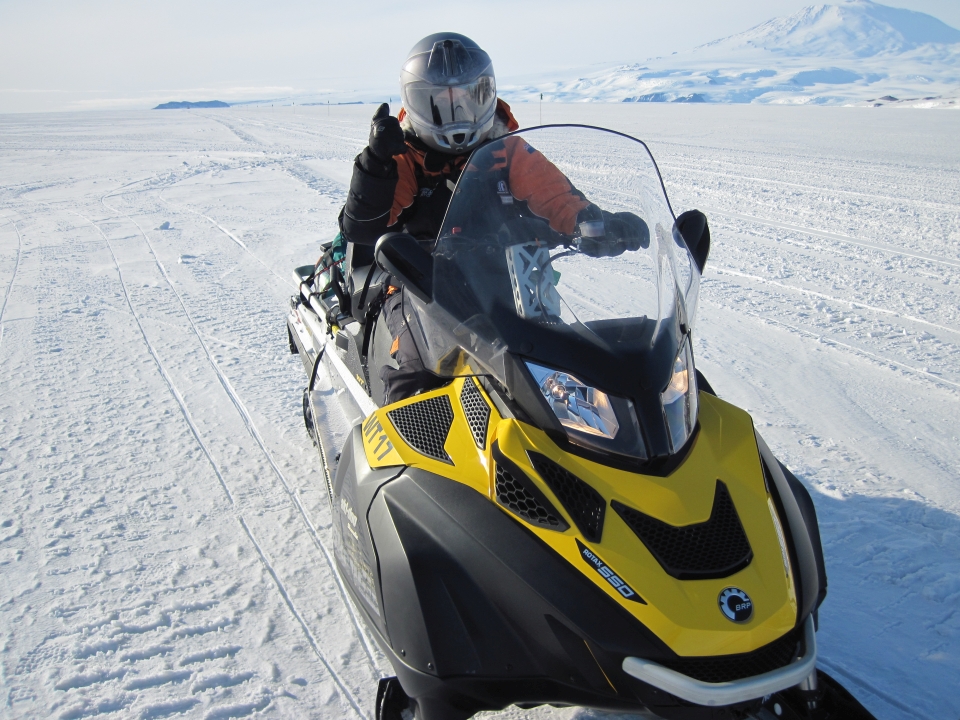
Shelley heads out to the K131 field camp. Image: LEARNZ
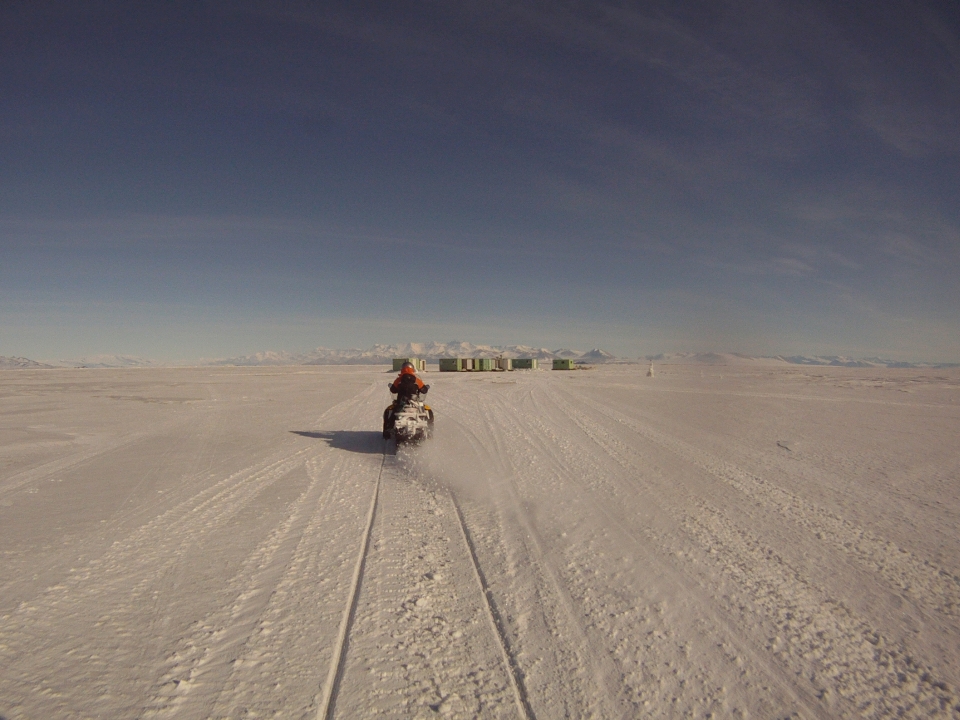
After an hour on the skidoo you arrived at the K131 field camp. Image: LEARNZ.
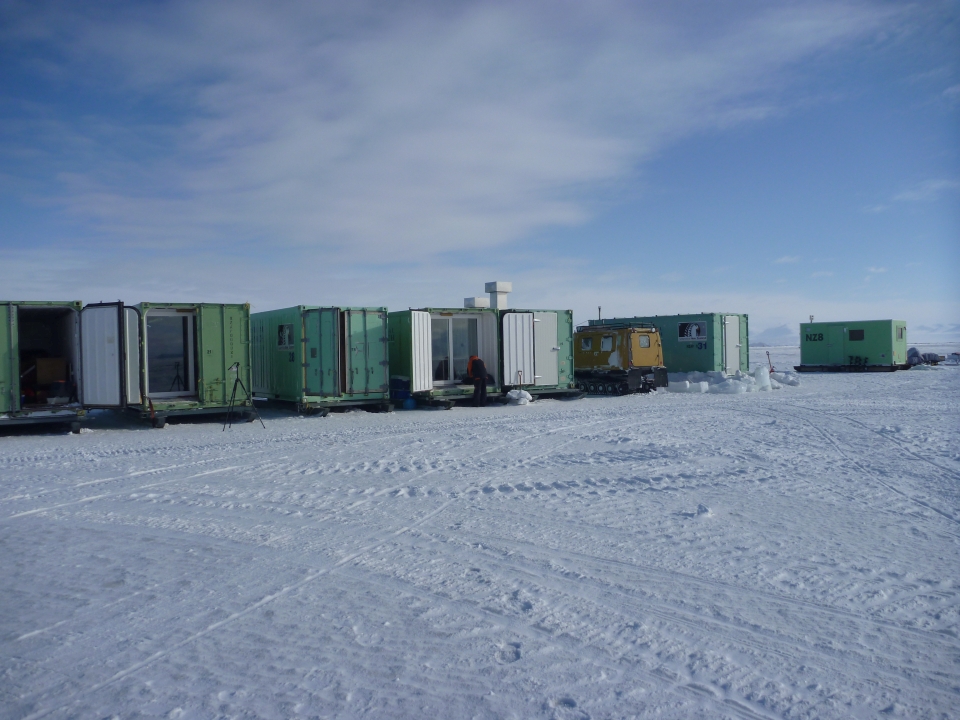
The K131 camp is made up of shipping containers and can be heated using a diesel generator. How do you think these containers arrived here? Image: LEARNZ.
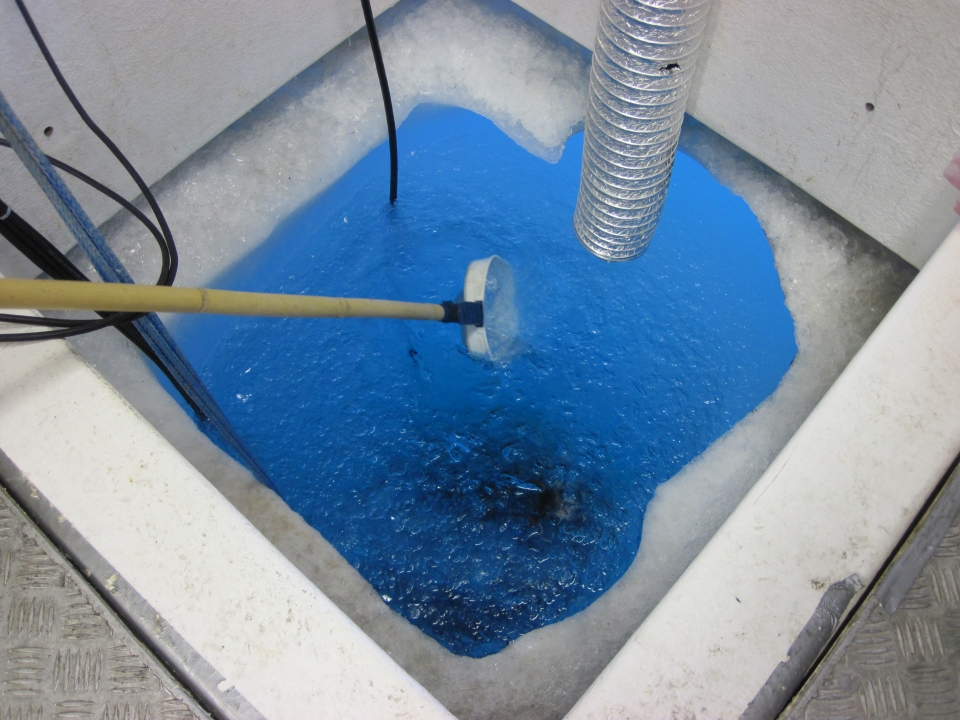
The science team has melted a hole in the sea ice so they can take measurements. What are the scientists measuring and why? Image: LEARNZ.
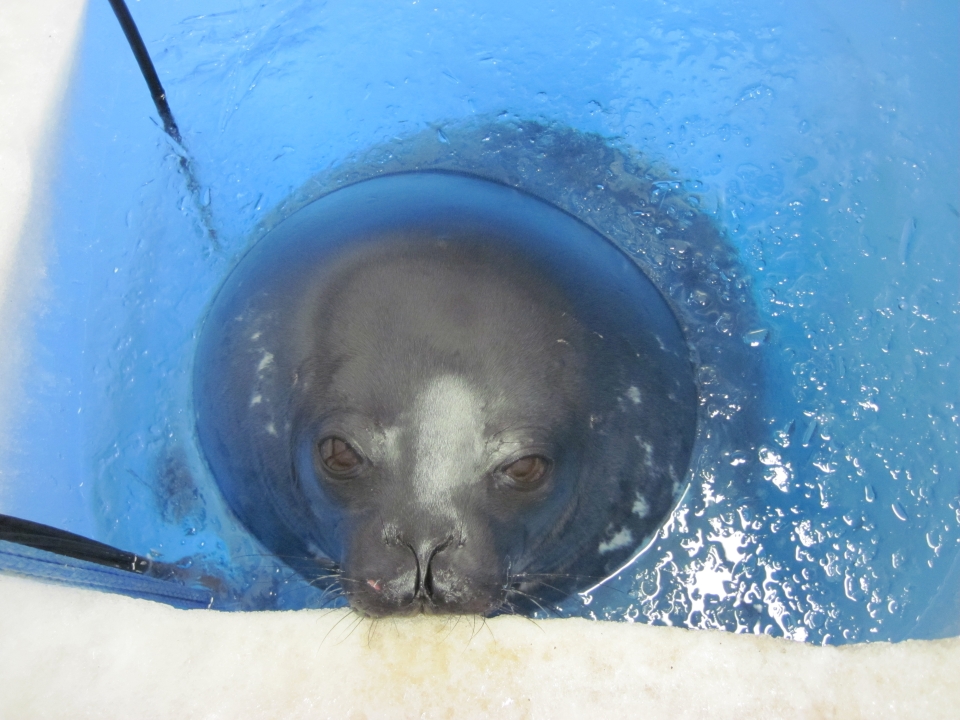
A Weddel seal pops up in the hole to take a few deep breaths before diving back below the sea ice. Can you find out how long these seals can hold their breath? Image: LEARNZ.
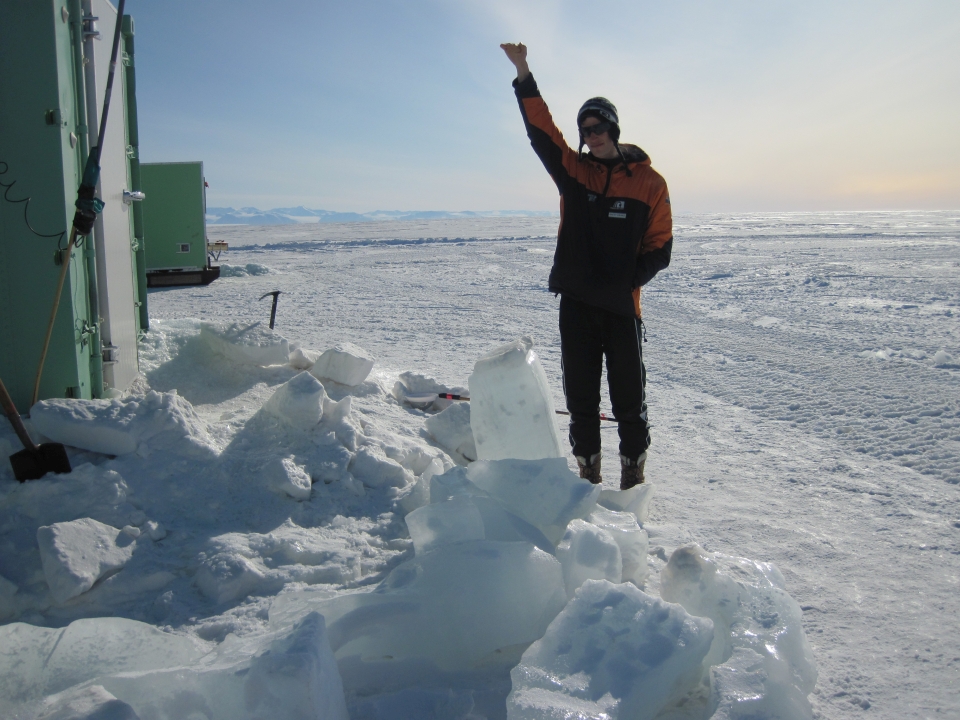
Brett Grant stands beside some of the blocks of ice that were cut from the sea ice and shows how thick this sea ice is. Image: LEARNZ
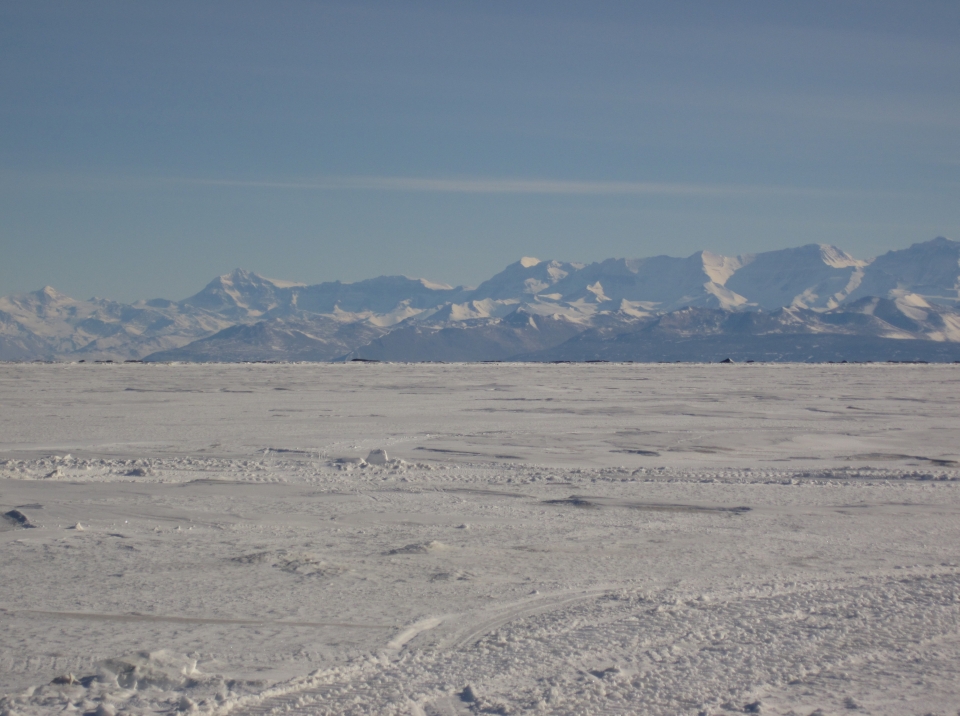
Looking out across the sea ice you can see a line that marks the boundary between the sea ice and the McMurdo ice shelf. Image: LEARNZ.